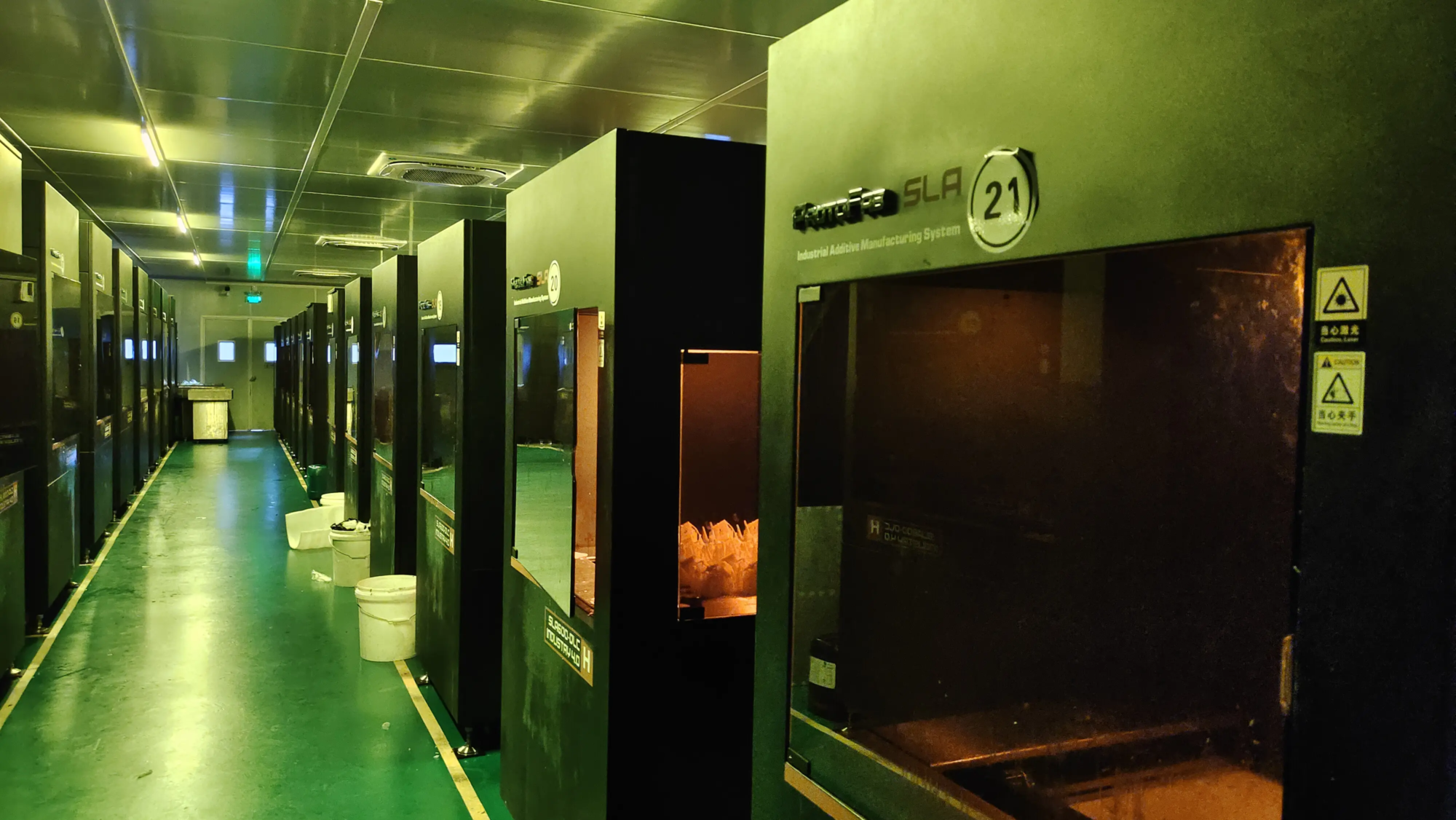The world of furniture design and manufacturing has undergone a major transformation through the integration of 3D printing technology. This innovative approach to rapid prototyping enables designers and manufacturers to create complex and custom furniture with unprecedented ease and speed. In this article, we will explore the latest trends in 3D printed furniture, highlighting the benefits, challenges and future directions of this exciting field.
One of the main advantages of 3D printed furniture is the ability to create complex geometric shapes and custom designs, which is impossible or impractical to use traditional manufacturing methods. This has led to the development of unique and innovative furniture that are both practical and pleasing. For example, designers can create custom chairs with complex patterns and shapes that are customized to the needs and preferences of individual customers.
Another important trend in 3D printed furniture is the use of sustainable and environmentally friendly materials. Now, many manufacturers are using recyclable plastics, bioplastics and other environmentally friendly materials to create furniture that is not only durable but also sustainable. The shift to environmentally friendly materials is driven by the growing demand for sustainable products from consumers, as well as the need to reduce waste and minimize environmental impacts.
The use of 3D printing technology also enables the creation of modular and reconfigurable furniture systems. These systems enable users to easily assemble and disassemble furniture, allowing them to be reconfigured and reused as needed. This approach not only reduces waste, but also provides users with greater flexibility and adaptability to their living and working spaces.
In addition to these trends, 3D printed furniture is used to create accessible and inclusive design solutions. For example, designers are using 3D printing to create custom furniture for disabled people, such as tables and chairs that are accessible to wheelchairs. This highlights the potential of 3D printing to create personalized and adaptive design solutions that improve the lives of individuals with different needs and abilities.
Although 3D printed furniture brings many benefits and opportunities, there are still challenges and limitations to be addressed. One of the main issues is the cost and accessibility of 3D printing technology, which can be very expensive for many designers and manufacturers. In addition, there are issues related to the durability and life of 3D printed furniture parts, which may be affected by factors such as material quality and printing technology.
To overcome these challenges, manufacturers and designers are investing in research and development to improve the quality and affordability of 3D printing technologies. This includes developing new materials and printing technologies, as well as creating more accessible and user-friendly design software. In addition, there is an increasing demand for standardized testing and evaluation protocols to ensure durability and safety of 3D printed furniture.
In short, the trend of 3D printed furniture is revolutionizing the way we design, manufacture and interact with furniture. 3D printing has the ability to create complex geometric shapes, custom designs and sustainable materials, opening up new possibilities for innovative and inclusive design solutions. Despite the challenges and limitations to be addressed, it is undeniable that 3D printed furniture has the potential to transform the industry and improve our lives.
FAQ:
Q: What is 3D printed furniture?
A: 3D printed furniture refers to furniture created using 3D printing technology, which involves a layer of material depositing to create physical objects.
Q: What are the benefits of 3D printing furniture?
A: The benefits of 3D printed furniture include the ability to create complex geometric shapes and custom designs, sustainable and environmentally friendly materials, and modular and reconstructible furniture systems.
Q: What challenges do 3D printed furniture face?
A: Challenges of 3D printed furniture include the cost and accessibility of 3D printing technology, issues related to durability and lifespan, and the need for standardized testing and evaluation protocols.
Q: Can 3D printed furniture be customized?
A: Yes, 3D printed furniture can be customized to the needs and preferences of individual customers to create unique personalized design solutions.
Q: Is 3D printed furniture sustainable?
A: Yes, 3D printed furniture can be sustainable, as many manufacturers use recycled plastics, bioplastics and other environmentally friendly materials to make furniture.
ISO 9001 Factory





